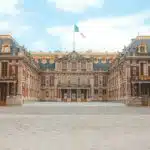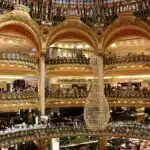The Louvre Museum (Musée du Louvre) is not only the world’s largest art museum but also one of its most iconic cultural landmarks. Located in the heart of Paris along the banks of the Seine, this former royal palace has become a treasure trove of art and history, attracting millions of visitors each year. With its distinctive glass pyramid and unparalleled collection spanning thousands of years, the Louvre offers an unforgettable journey into the world of creativity and human achievement.
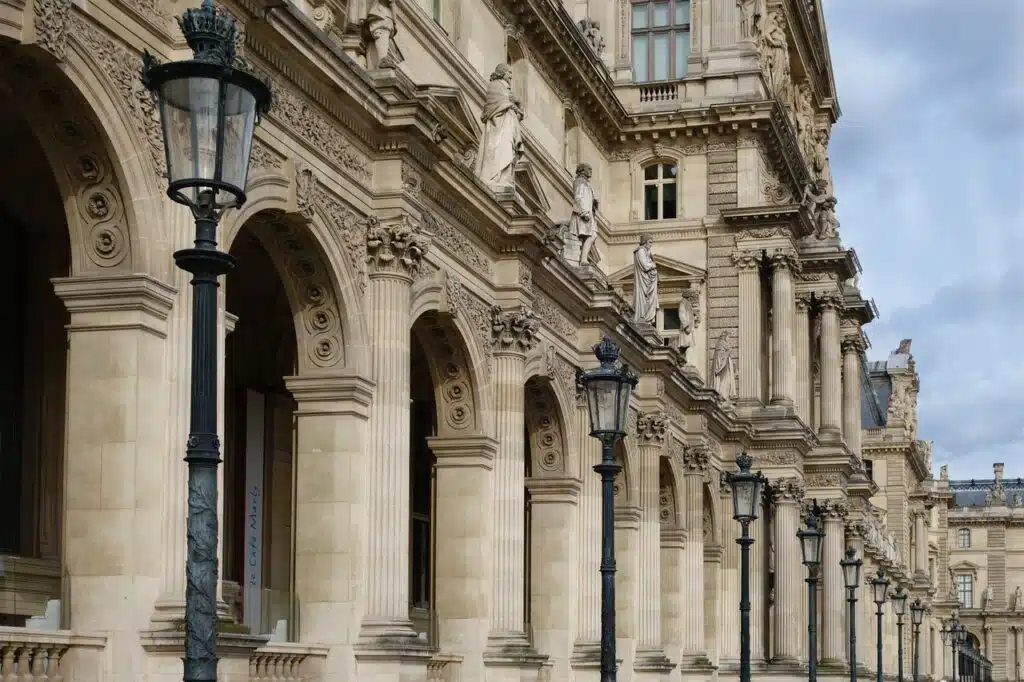
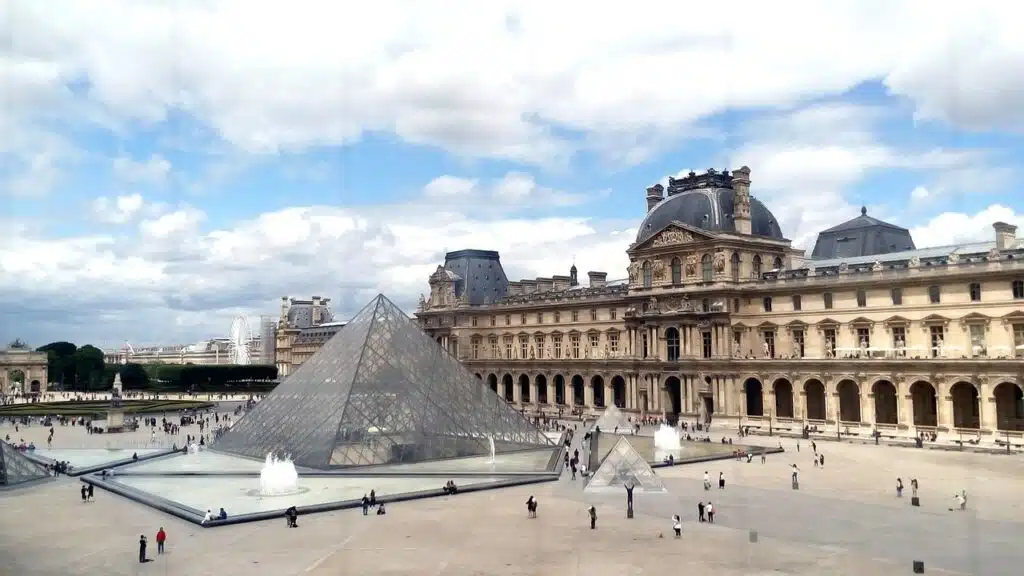
What to See Inside the Louvre
- The Mona Lisa (La Joconde): No visit is complete without seeing Leonardo da Vinci’s enigmatic masterpiece. Displayed in a climate-controlled room, this small but captivating painting draws crowds from around the globe.
- The Venus de Milo: This ancient Greek sculpture is one of the most celebrated depictions of the goddess Aphrodite, admired for its beauty and timeless elegance.
- The Winged Victory of Samothrace: Perched dramatically at the top of the Daru staircase, this Hellenistic sculpture captures motion and power, embodying the spirit of victory.
- Egyptian Antiquities: The museum boasts an extensive collection of ancient Egyptian artifacts, including statues, sarcophagi, and the Great Sphinx of Tanis.
- The Coronation of Napoleon: Painted by Jacques-Louis David, this monumental piece commemorates Napoleon’s rise to power in stunning detail and grandeur.
- Islamic Art: The Louvre houses one of the world’s most significant collections of Islamic art, featuring intricate ceramics, textiles, and illuminated manuscripts.
- The Palace Architecture: Beyond the artworks, the Louvre itself is a masterpiece. From the opulent Galerie d’Apollon to the medieval remains of the original fortress, the building is a historical journey in its own right.
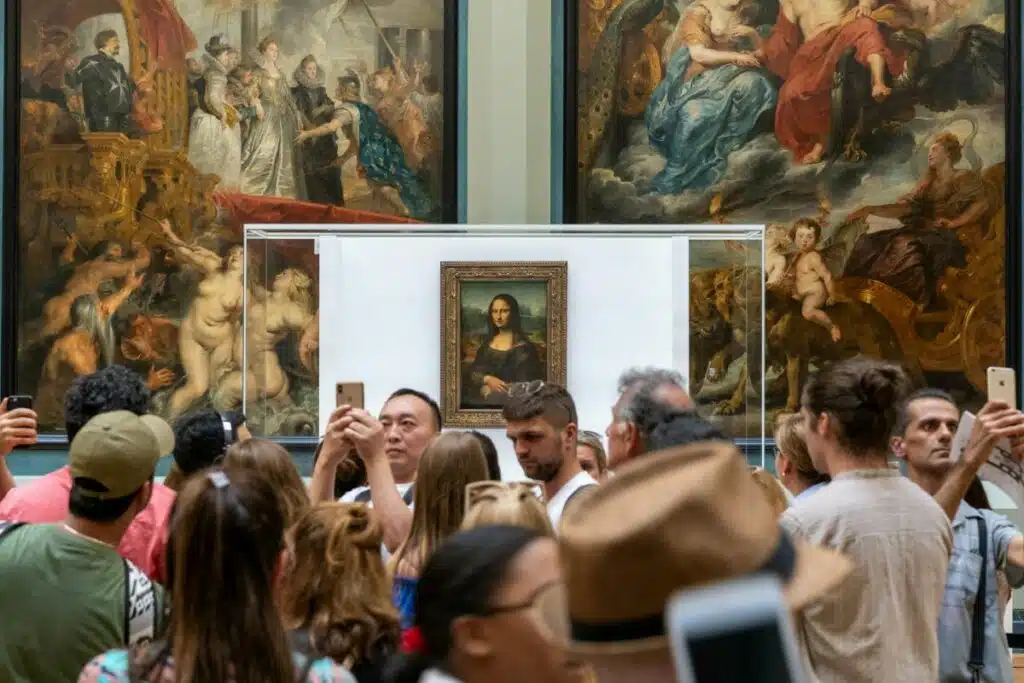
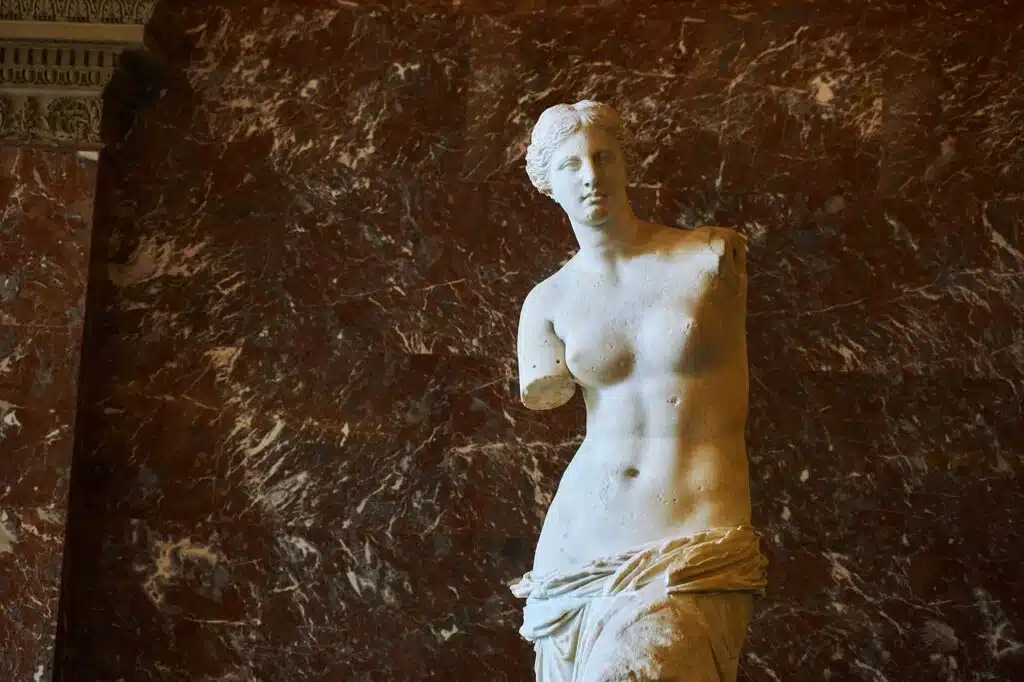
How to Explore the Louvre
- Plan Your Visit: The museum is vast, with over 35,000 works on display. Prioritize sections or artworks you want to see. Popular options include the Italian Renaissance, Ancient Greece, and French Baroque collections.
- Take a Guided Tour: Join a tour to gain deeper insights into the art and history of the exhibits. Many tours focus on highlights, ensuring you don’t miss must-see pieces.
- Use the Museum App: The Louvre’s app offers maps, information, and thematic tours that enhance your experience.
Tips for Visiting the Louvre
- Buy Tickets in Advance: Skip long lines by purchasing tickets online or opting for timed entry slots.
- Visit Early or Late: Arrive early in the morning or late in the afternoon to avoid peak crowds.
- Use the Pyramid Entrance: While iconic, this entrance can get crowded. Consider the Carrousel du Louvre entrance for quicker access.
- Wear Comfortable Shoes: Exploring the Louvre requires plenty of walking, so comfort is key.
- Take Breaks: The museum has cafés and rest areas to recharge during your visit.
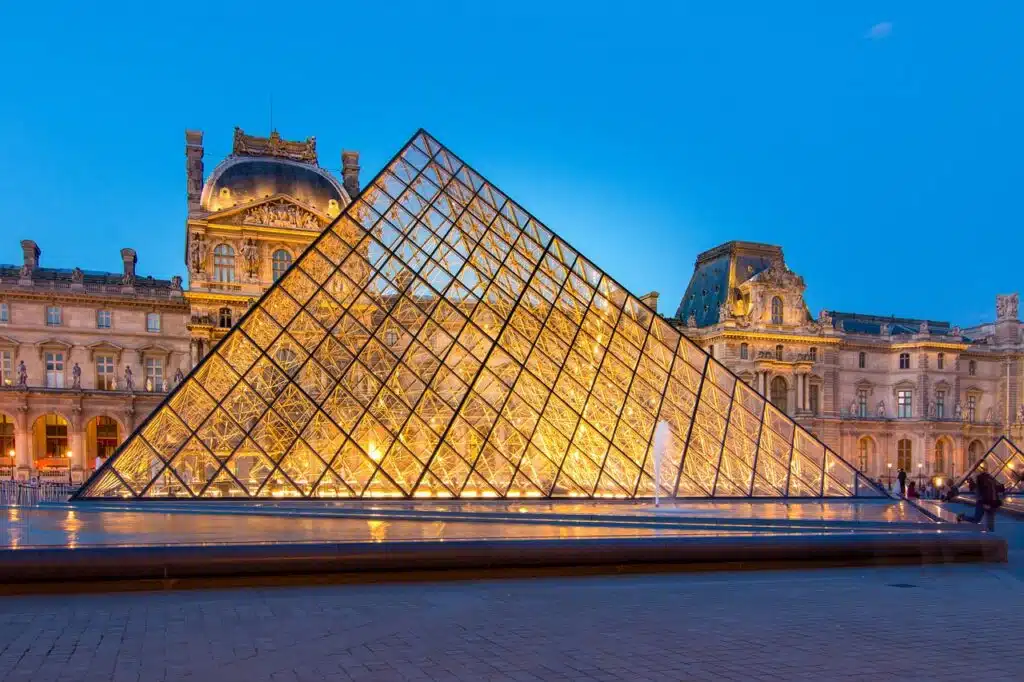
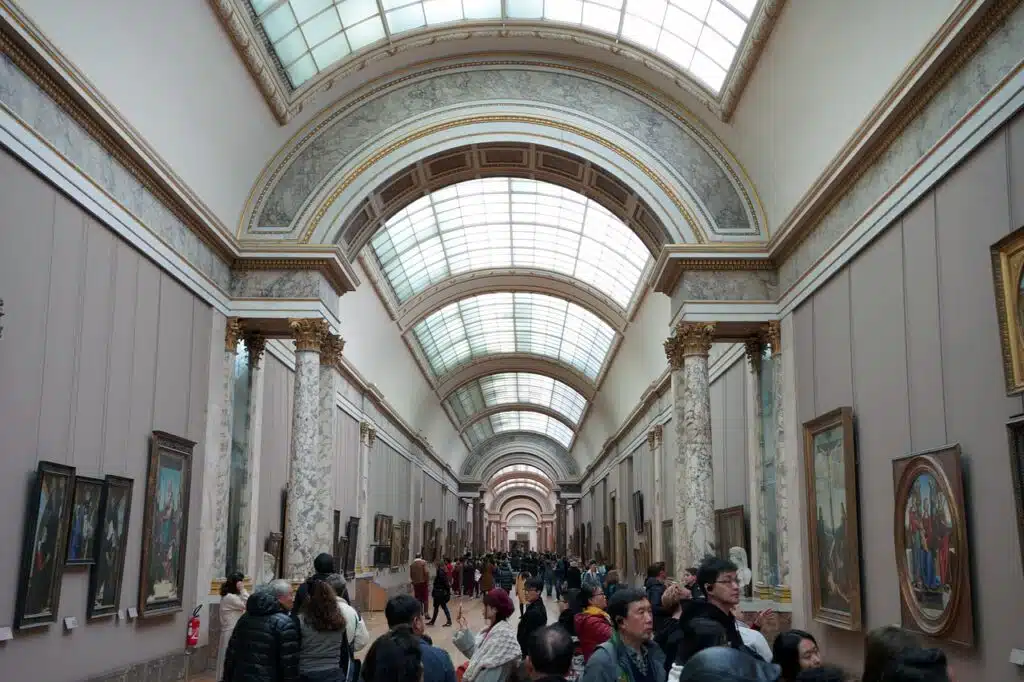
What to See Nearby
After exploring the Louvre, enjoy a stroll in the Tuileries Garden, a serene spot with fountains and sculptures. The nearby Musée de l’Orangerie houses Monet’s Water Lilies and other Impressionist masterpieces. For shopping or dining, head to the elegant Rue de Rivoli or visit the Palais Royal for its historic arcades and hidden gardens.
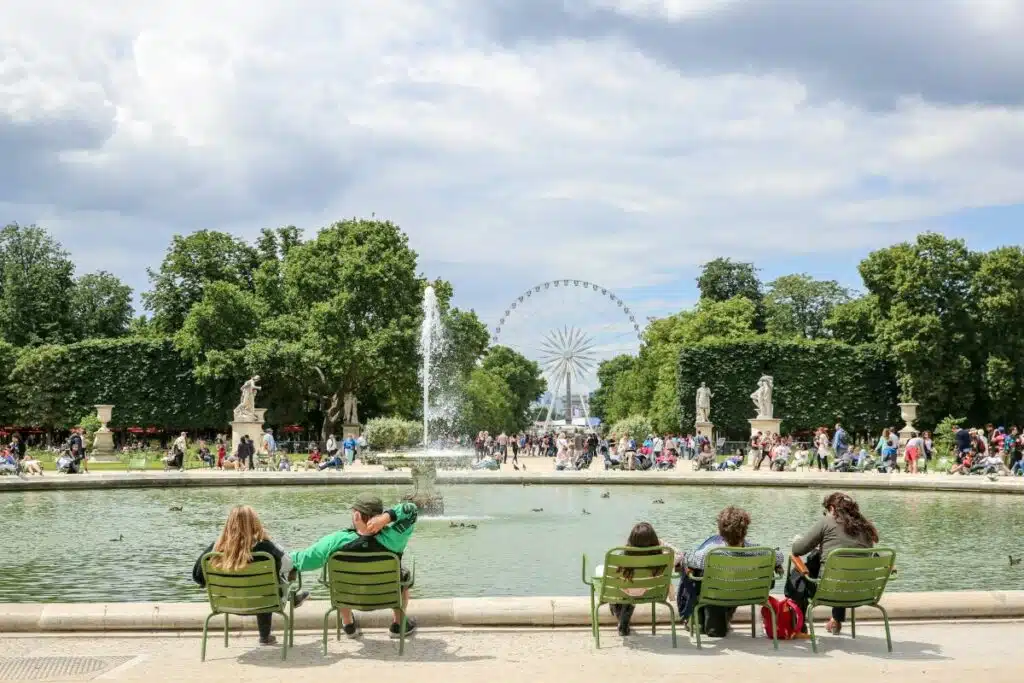
The Louvre Museum is more than a collection of artworks; it’s a testament to humanity’s creativity and history. Whether you’re marveling at the Mona Lisa, exploring ancient artifacts, or admiring the grandeur of the palace, the Louvre offers a unique experience that leaves a lasting impression. With its rich heritage and unparalleled collection, it’s a must-visit destination for art lovers and history enthusiasts alike.



